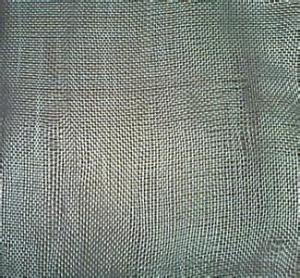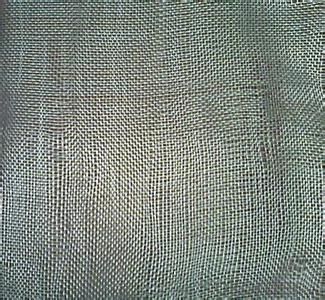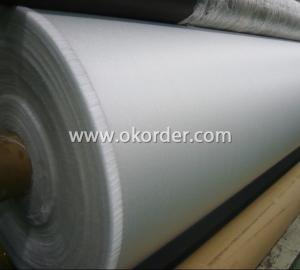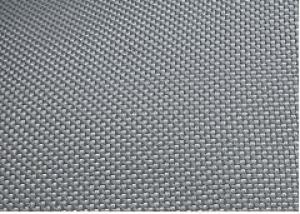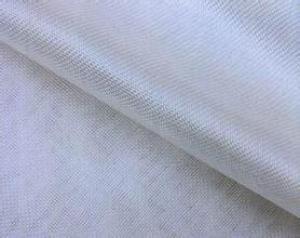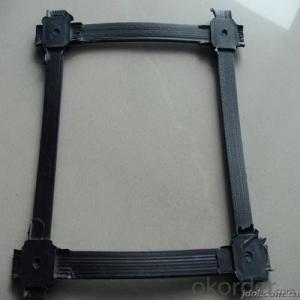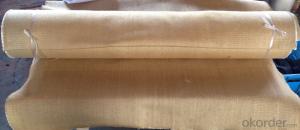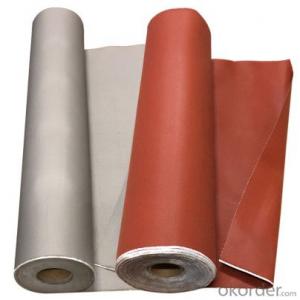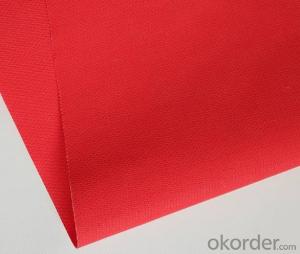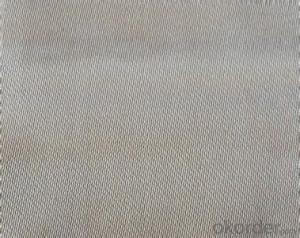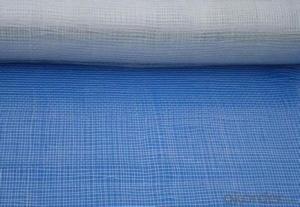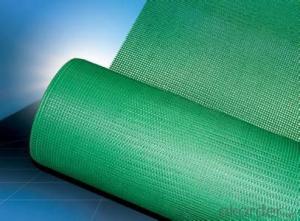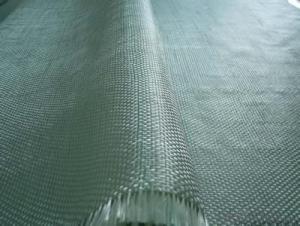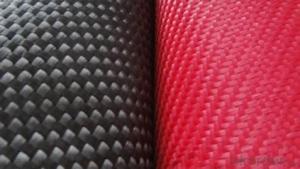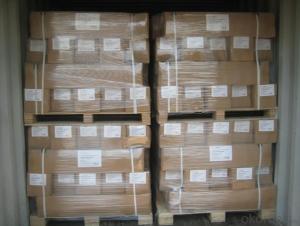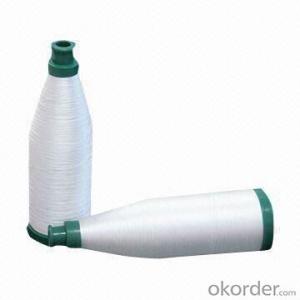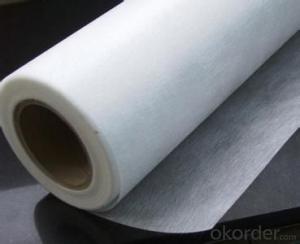High Quality China Fireproof Fiberglass Fabrics Silica Fiber Glass Cloth
- Loading Port:
- China Main Port
- Payment Terms:
- TT OR LC
- Min Order Qty:
- -
- Supply Capability:
- -
OKorder Service Pledge
OKorder Financial Service
You Might Also Like
Product Description
Texturized glass fiber cloth is made by texturized yarn with high temperature resistance, high strength after puffing process .Texturized glass fiber cloth is a new type of fabric developed on the basis of continuous glass fiber filter cloth. Due to the yarn is fluffy and have good air permeability, which can improve the filtering efficiency, reduce the filtration resistance, higher dust removal efficiency can reach more than 99.5%.Texturized glass fiber cloth is mainly used for high temperature and high strength etc. For example: cement, carbon black, steel, metallurgy, lime kiln, thermal power and coal industries.
Product Features
1 resistant to ozone, oxygen, light and climate change
2 high strength, high modulus, low shrink, no deformation.
3 incombustible.Heat insulation ,heat preservation.
4 higher than working temperature, still keep residual strength.
5 corrosion resistance.
6 electrical insulation
- Q: Can fiberglass fabric be used for making bags or backpacks?
- Yes, fiberglass fabric can be used for making bags or backpacks. Fiberglass fabric is known for its strength, durability, and resistance to tearing, which makes it an excellent choice for creating sturdy bags and backpacks. It is also lightweight, making it a suitable material for carrying items without adding excessive weight. Additionally, fiberglass fabric can be molded into various shapes and designs, allowing for customization and versatility in bag and backpack construction. However, it is important to note that fiberglass fabric is not flexible or soft like traditional fabric, so it may not be suitable for creating bags or backpacks that require a certain level of flexibility or softness.
- Q: Can fiberglass fabric be used for making gaskets?
- Yes, fiberglass fabric can be used for making gaskets. It is a versatile material that offers good thermal insulation, chemical resistance, and high strength, making it suitable for various industrial applications, including gasket manufacturing.
- Q: Are fiberglass fabrics resistant to oil or grease?
- Yes, fiberglass fabrics are generally resistant to oil and grease.
- Q: Two, fat and PVC paste resin paste into the sizing, coated on glass fiber cloth, so that after baking, how do not shrink?
- Diluent can also be added as a diluent substance is hydrocarbons, and their boiling point should be 100~200 degrees. But in any case, the boiling point of the diluent used should be lower than the dispersant. Some swelling effect of aromatics is on PVC resin, almost no Naphthalene Hydrocarbons, aliphatic hydrocarbon is not completely.
- Q: Can fiberglass fabric be used for geotextiles?
- Yes, fiberglass fabric can be used for geotextiles.
- Q: Is fiberglass fabric resistant to tearing?
- Yes, fiberglass fabric is highly resistant to tearing due to its strong and durable nature.
- Q: What are the different widths available for fiberglass fabric?
- Different applications and needs can be accommodated by various widths of fiberglass fabric. Fiberglass fabric is commonly found in widths ranging from 1 inch to 60 inches. Nevertheless, it is worth noting that the actual widths may vary depending on the manufacturer and the intended use of the fabric. For intricate repairs or reinforcing specific areas, narrower widths like 1 inch, 2 inches, or 4 inches are often preferred. These narrower widths are convenient for smaller projects or detailed work. They are also commonly utilized for wrapping pipes or small objects. On the other hand, wider widths such as 36 inches or 60 inches are typically employed for larger projects that require coverage of larger areas. These wider fabrics are frequently used in boat building, automotive repairs, or construction projects where a larger surface area needs reinforcement. In addition to the commonly available widths, there are also intermediate widths like 6 inches, 8 inches, or 12 inches. These intermediate widths offer a balance between the convenience of narrower widths and the efficiency of wider widths. When selecting the width of fiberglass fabric, it is vital to consider the specific requirements of your project. Factors to take into account include the size of the area to be covered, the level of reinforcement needed, and the ease of handling and application. Consulting with a supplier or manufacturer can be beneficial in determining the most suitable width for your specific needs.
- Q: How much glass fiber cloth and how much epoxy resin does it take to make a square meter of fiberglass?
- However, these data are probably different, each kind of resin viscosity (thin consistency), the more concentrated the resin will use more, and alkali content of different fiber, eat the amount of resin will be different, good eating fiber resin will be a little less.
- Q: Can fiberglass fabric be used for seals?
- Indeed, seals can indeed be made using fiberglass fabric. With their remarkable thermal, chemical, and electrical resistance properties, fiberglass fabrics prove to be highly suitable for a plethora of sealing applications. These fabrics are capable of producing gaskets, seals, and insulation materials that cater to diverse industries such as automotive, aerospace, marine, and electrical. The impressive strength and flexibility of fiberglass fabric enable it to easily mold to uneven surfaces, guaranteeing a trustworthy and long-lasting seal. Moreover, the moisture, oil, and chemical resistance of fiberglass fabric ensures the seals' effectiveness and durability.
- Q: How is fiberglass fabric used in the production of windbreakers?
- Fiberglass fabric is used in the production of windbreakers primarily for its durability and weather-resistant properties. It is often used as a reinforcing material in the construction of windbreaker shells to provide strength and resistance against harsh winds and environmental elements. The fiberglass fabric helps to maintain the structural integrity of the windbreaker, ensuring its longevity and performance in challenging weather conditions.
Send your message to us
High Quality China Fireproof Fiberglass Fabrics Silica Fiber Glass Cloth
- Loading Port:
- China Main Port
- Payment Terms:
- TT OR LC
- Min Order Qty:
- -
- Supply Capability:
- -
OKorder Service Pledge
OKorder Financial Service
Similar products
Hot products
Hot Searches
Related keywords
